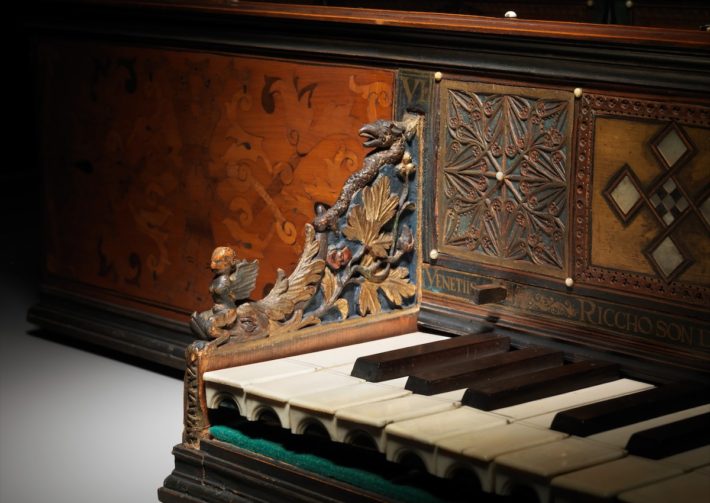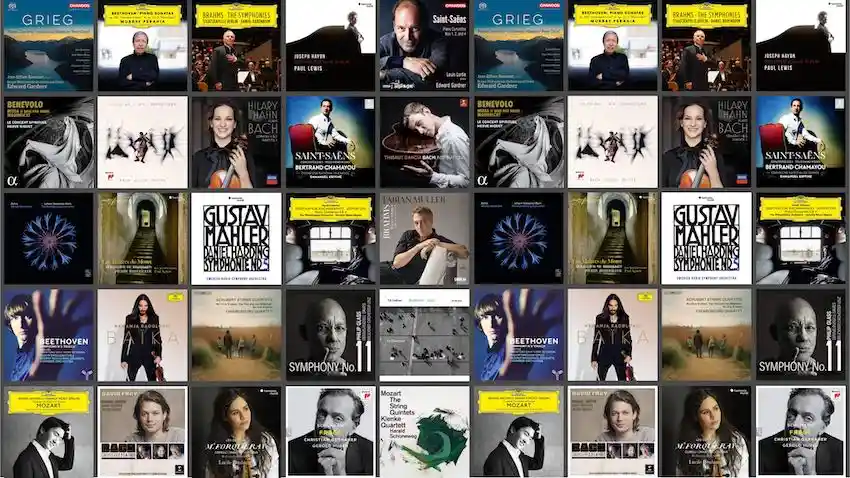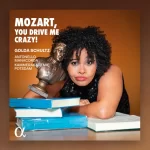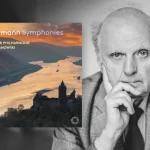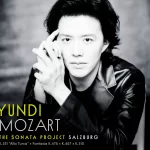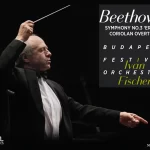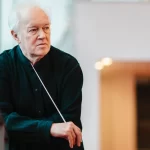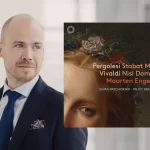This is Part 2 of our ‘Best Of‘ series about Bach’s Goldberg Variations, which will recommend the best few versions on the Harpsichord. Read the first part about the Goldberg Variations and the way this comparison was planned here:
Part 2 – The Harpsichord
Landowska was recorded on a beast of an instrument by Playel, built for her to have a mechanics of a harpsichord but the size and force to carry the sound in larger halls. The first Landowska recording is available from Warner classics (now an owner of the old HMV/EMI catalogs), and she re-recorded the piece again for RCA in 1945. These recordings are interesting more as a history lesson, and tend to sound out of place in what we came to learn later from many other performances from the 20th and 21st centuries – Landowska doubles the base, do some additions to repeats and sometimes sounds just plain bombastic. But there are some lovely moments, such as the flowing tempo and style in variation No.25, which she herself named “The black pearl”.
Later on, there were more specialists from the “authentic movement” such as Ralph Kirkpatrick and Gustav Leonhardt who recorded the piece on a more “suitable” instruments, but that came some 20 years after the pioneering Landowska first recording.
And indeed, Ralph Kirkpatrick and Gustav Leonhardt give a clean, “purer” versions, each in his own way. From the two, I prefer Leonhardt, who sounds to my ears more concerned to be in-tuned with the emotional aspects of the Goldbergs than with wanting to “get it just right”, as Kirkpatrick sometimes is. Kirkpatrick also can’t seem to shake the “bombastic” sound of the double keyboard. Leonhardt recorded the Goldberg Variations a few times, but his first recording (1953) is to me the best, while his later attempts lost some of the freshness of the first version.
Carl Richter, another great Bach prophet of the 50’s, sounds more like an organist playing the harpsichord (which he was), and his recording is for dedicated fans only of this mighty Bach figure. Another great organist who took on the harpsichord was Helmut Walcha, and the results are very similar, for better and for worse.
The first harpsichordist who emphasized the playfulness of the variations was Igor Kipnis, whose performance (1976) is still a joy to listen to. His ornaments can be a bit too much at times, but they sure keep you on the edge of your sit, wondering what he is going to do when the repeat comes around. The recording is a little close and harsh, but like many good performances, you quickly forget about it and concentrate on this fine achievement. Where Kipnis falls flat is with his vision of the greater whole of the piece, maybe having been occupied so much with the intricacies of each variation. Unfortunately, Kipnis Wonderfull recording can currently be heard in streaming only, as the physical disc is no longer manufacture. Listen to it on your streaming service if you can.
1980’s Fever
When we arrive at the 1980’s, we find the emergence of the so-called “Authentic movement”, along with the emergence of the digital recording and CDs as the new technology. As a result, a slew of new recordings on the harpsichord came along, with big names attached to them.
Trever Pinnock was one of the 80’s boomers of period-inspired performances. His performance certainly has a Good temperament, but is also a bit dull in ornamentation and phrasing, and the dry instrument and acoustics don’t help make this a memorable recording. The same “dryness” of sound and interpretation can be said for Keneth Gilbert’s recording, which besides wise tempo choices has little to inspire. He also constantly emphasizes the bar lines, which cuts off the singing line of some of the variations. His instrument of choice is thin-sounding and the acoustics is limiting.
Things can be too interesting, though. Ton Koopman’s manic trills and appoggiaturas distract more than have an added value, and his choices of repeats (or lack of) are questionable.
Get periodic updates about new classical music albums reviews, news and guides.
We respect your privacy.
Kieth Jarrett, this one of a kind improviser and one of the best piano vocalists around, performs the piece like a personal experiment in playing the harpsichord. His playing is rigid, stiff, and if you plan on hearing some out of the ordinary ornamentations, improvising-style, you are in for a disappointment. When the ornaments do come, they sound over-thought and awkward. His other Bach recordings exemplify much more persuasive attempts.
Things get more engaging (interesting?) with Bob van Asperen, who gives a performance of a surviving copy of a Mietke Harpsichord, a builder Bach himself apparently ordered instruments from. Be that as it may, his playing of the piece is flowing, decorated in good taste and never tries being too showy, while keeping a constant interest and energy. I haven’t encountered this recording before and It was a pleasant surprise. The added pieces in this 2 CD album is a nice bonus as well.
Settling into the 90’s
Getting into the 1990’s, things seem to settle a bit. There is less obsession with being “authentic”, and it’s clear (at least to my ears) that a new generation of artists who feel at home and at ease with the Harpsichord emerges – This is despite the fact that many of those artists were taught by some veteran experts in the field, some of which are mentioned as performers earlier.
Maggie Cole provides a very confident, rhythmically exciting version, and her phrasing of long and short musical sentences is expertly done indeed. She is, however, let down by a recording which is too close, with what sounds like an artificially added bass to the recording balance. For this reason, when the two keyboards are used for doubling, they sound stressed and tense, contrary to what her interpretation tries to convey. Take var. 9 as an example. Nonetheless, a very strong version.
Then came Pierre Hantai, with a fresh, charming, emotionally charged and technically superb recording (1993). One only has to listen to Hantai’s performance of the Aria to be drawn into Bach’s world. The instrument, made by Bruce Kennedy in 1985 after a copy of an older Harpsichord from the beginning of the 18th century, is recorded just right, naturally caught in wonderful acoustic. Each and every variation is thought out through and through but executed without ever sounding mechanical of planned. Hantai revisited the Goldberg in a newer recording for the Mirare label (2003), where the extremely high level of execution remains, but I personally prefer the first, more spontaneously sounding first recording for the opus111 label. This earlier recording won the Gramophone Award for that year and is still one of the best.
Another impressive version was standing in the shadow of the Hantai achievement; Blandine Verlet gives a freer, more flowing version, although some listeners might be put off by her little instances of rubato and tempo fluctuation. There is a lot of poetry and interest in this release, along with some oddities such as the way-too-fast tempo of the Aria and some of the variations (The “black pearl” variation, for instance, sounds almost comically rushed). An interesting and much enjoyable version, nonetheless.
Masaaki Suzuki starts off well with the Aria, but then continues with a chain of a hectic performance of the first few variations. Like his much-praised momentous Cantatas cycle, his playing is immaculate, well planned to the last note and ornament, but lacks a sense of wonderment and spontaneity.
Another strong Goldberg version on the Harpsichord belongs to Celine Frisch (Alpha), who’s solid, temperamental and fast performance is very easy to enjoy. What I didn’t particularly like are some of her detached phrasings, and there are some noticeable edits between the variations, not to mention a recording that can be hard on the ear. It’s a performance that’s easy-going and fun, maybe with a touch of superficiality. I certainly didn’t find it a “benchmark recording” as Gramophone Magazine did a few years ago, when publishing a comparison piece on the Goldberg, but again, this is another enjoyable version.
The same mix also exists in Ketil Haugsand’s recording, but in his case, the recording engineering did jolly well capturing the instrument. His tempo choosing seems odd at times, breaking the continuity of the cycle, and giving each variation its own pace and sound world. Worth considering as a second or third version.
Big Names And Some Treasures
When Richard Egarr took over the Academy of Ancient Music from the late Christopher Hogwood, he provided with most (if not all) of the major Bach’s pieces for ensemble and chorus, including one of the best versions out there of the orchestral suites and the Brandenburg Concertos. From the rushed, hectic performances of the 1980’s and 1990’s, we arrived at a more “sane”, even “humane” Bach, where the musical ideas can be communicate clearly and naturally. It needs some getting used to, but after a few listenings, Egarr’s approach just makes sense. All of that can be said of his Goldberg Variations release as well; Why should one or the other variations be played so fast? Is it theoretically sound or just a part of a fissionable habit? Egarr provides an assured performance, full of beauty and wisdom from start to finish. Every musical idea is explored to the full, not to mention egarr’s way with the instrument and the state-of-the-art recording quality. His ornaments on repeats add additional interest and bring out hidden voices not heard in other versions. Take for example the two variations 20-21; How little Egarr seems to be doing, but how he manages to separate the mood and weight of the two. A master is at work. This is a Goldberg Variations of lifetime experienced player, and can be treasured for a lifetime, if you let it.
Andreas Staier, a big name and a huge talent in reviving performances on original instruments, has everything going for it in his version for Harmonia Mundi, but lacks some emotional intensity and playfulness. His left hand tends to sound too dominant, so when the common practice of advancing the bass is executed, it also gets tiring after few bars. The main attraction of this performance is the instrument, which incorporates some interesting effects, such as a lute-like sound, available on some instruments in the Baroque era (Var. 19 ), or a much thinner sound (Var. 15). One is also acutely aware of the usage of the two keyboards, either simultaneously or separately. It makes this release very enjoyable to listen to along an opened score perhaps, rather than sit down and enjoy it to the fullest as a passive listener.
If those many recordings weren’t enough for you, new ones by a young generation of harpsichordists keep coming our way.
I was less enthusiastic about Mahan Esfahani’s version for Deutsche Grammophon (2016), putting aside his “Back to basics” approach with the aria, a practice made famous by William Kempff. Overall, I’ve found his version efficiently played, but a dryly recorded and with some odd tempo and phrasing choices.
The “Sleeper” Version
I was just about to close the book on my recommendations for the best Goldberg Variations recordings when I came across the “sleeper” version I mentioned in part 1 – A version that if not completely ignored, had certainly not have its time in the sun to make an impression, with no big label or performer name supporting it.
Ignacio Prego is a Spanish harpsichordist, and his version of the Goldbergs on the “Glossa” label is a joy from start to finish. He is perhaps to our day what Hantai was for the 1990’s listeners. There are endless beauty, depth, skill and many small surprises in his repeats – try the first variation as a whole for example and see if you can resist listening to some more. And he also has the benefit of clear, easy on the ear recording on a wonderful instrument. This release was a great surprise and can be considered among the best.
The Choices
To sum up this long (but satisfying) comparison on the Harpsichord and choosing my top 3 best recordings of Bach’s Goldberg Variations on the Harpsichord, I arrive at three lasting versions.
I feel that Richard Egarr plays as if a life experience is incorporated in his playing, without losing any of the freshness and wonderment from this major piece of art. As I mentioned, he takes his time compared to other versions (Or maybe they are the ones who rush?), but when you finish listening you have a sense of an almost inevitability which does not exist in other versions.
Pierre Hantaï’s first take on the Goldbergs stays as exciting and moving as it was when it came out, and should be listened to by any Bach or the Goldberg Variations enthusiast.
And for the “Sleeper” version, Ignacio Prego is a version bursting with talent that is hard to resist, even for veterans of Goldberg listeners such as this writer.
These three versions blend the best of what the Goldberg Variations can offer on the Harpsichord, and are a good gate for listeners to enter and continue exploring old and new versions, some mentioned above.
The Recommended Harpsichord Recordings:
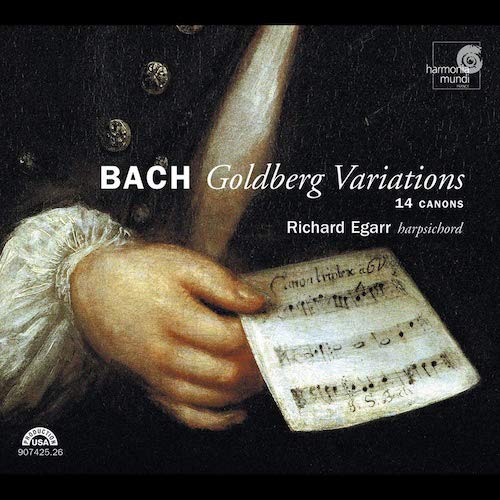
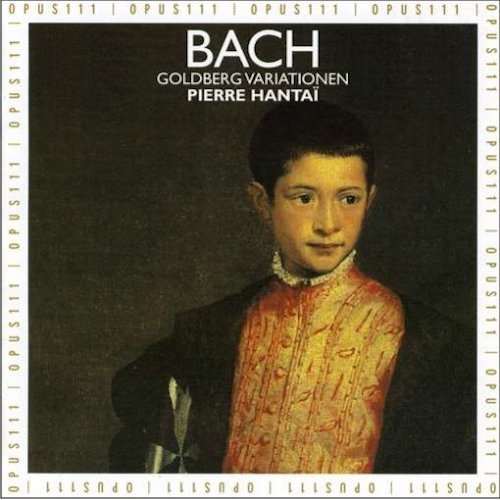
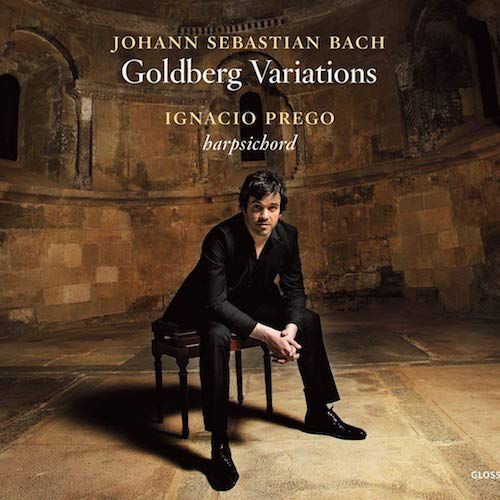
Richard Egarr:
Pierre Hantai (Opus111):
Ignacio Prego:
This is the end of part 2 of the “best of” series about Bach’s Goldberg Variations. The next and final part, to be published in the next few weeks, will offer another 3 recommended recordings on the piano.
Sign up for our newsletter and be the first to know when the third and final part is published.
Included with an Apple Music subscription:
Latest Classical Music Posts
- Review: “Mozart, You Drive Me Crazy!” – Golda Schultz, Soprano
- Review: Schumann – Complete Symphonies – Dresdner Philharmonie, Janowski
- Review: Mozart – The Sonata Project, Salzburg – Yundi, Piano
- Review: Beethoven – Symphony No. 3 (“Eroica”) – Budapest Festival Orchestra – Iván Fischer
- Conductor Edo de Waart Announces Retirement
- Review: Pergolesi – Stabat Mater, Vivaldi: Nisi Dominus – Patchornik, Engeltjes, PRJCT Amsterdam
Read more classical music reviews or visit The Classic Review Amazon store
Follow Us and Comment:
Get our periodic classical music newsletter with our recent reviews, news and beginners guides.
We respect your privacy.

